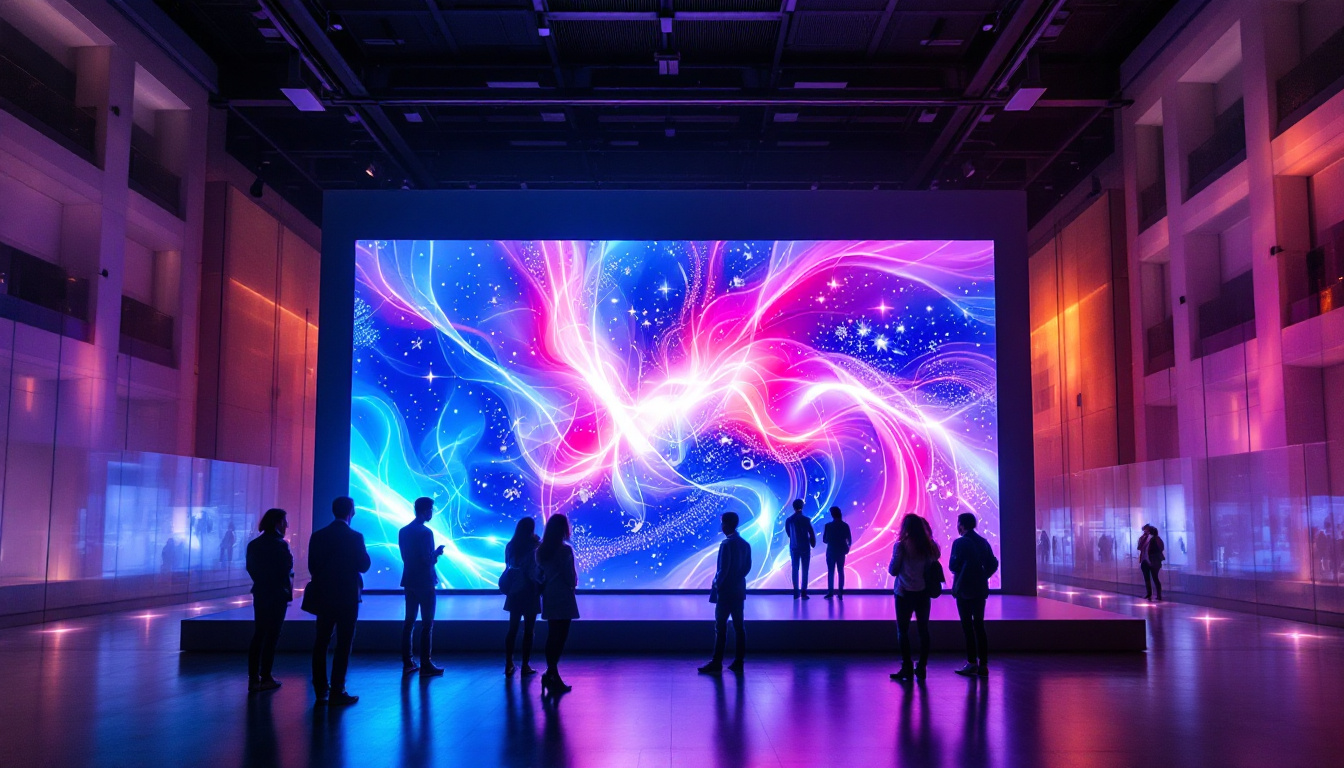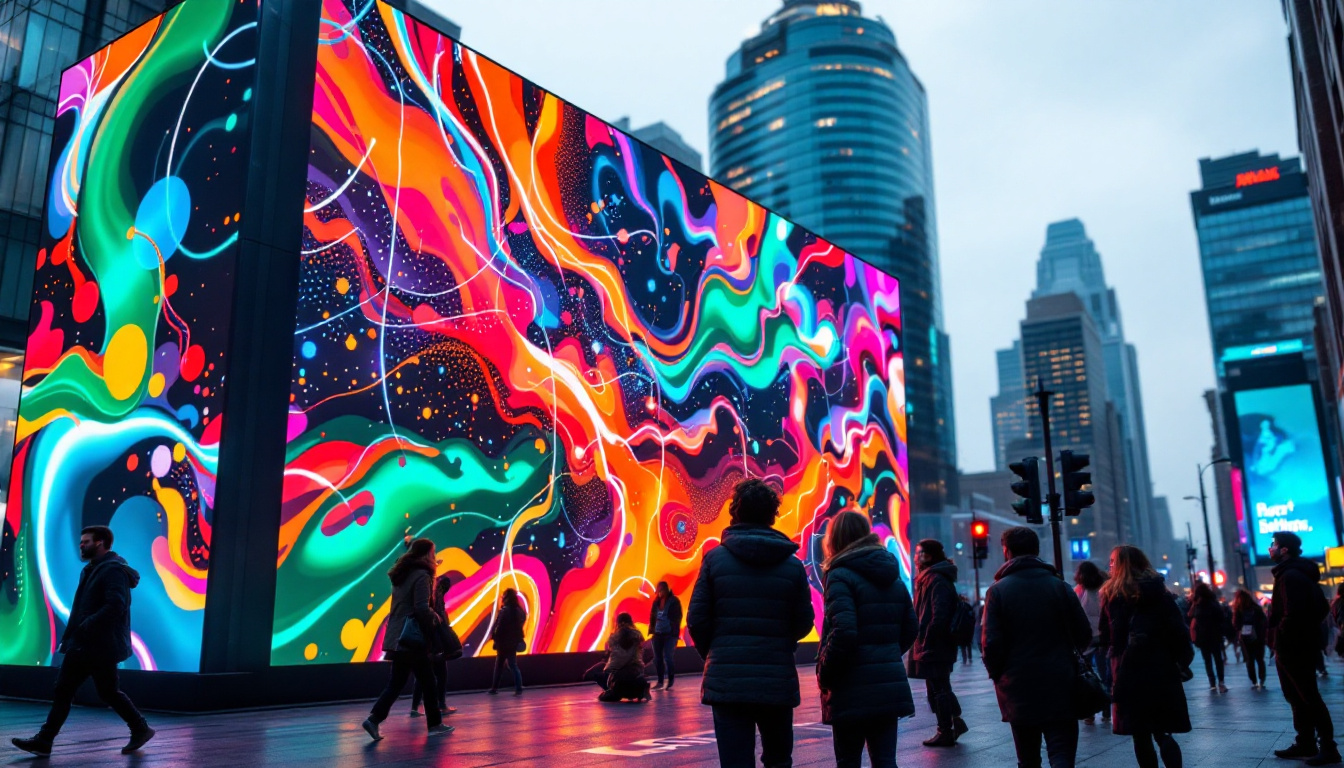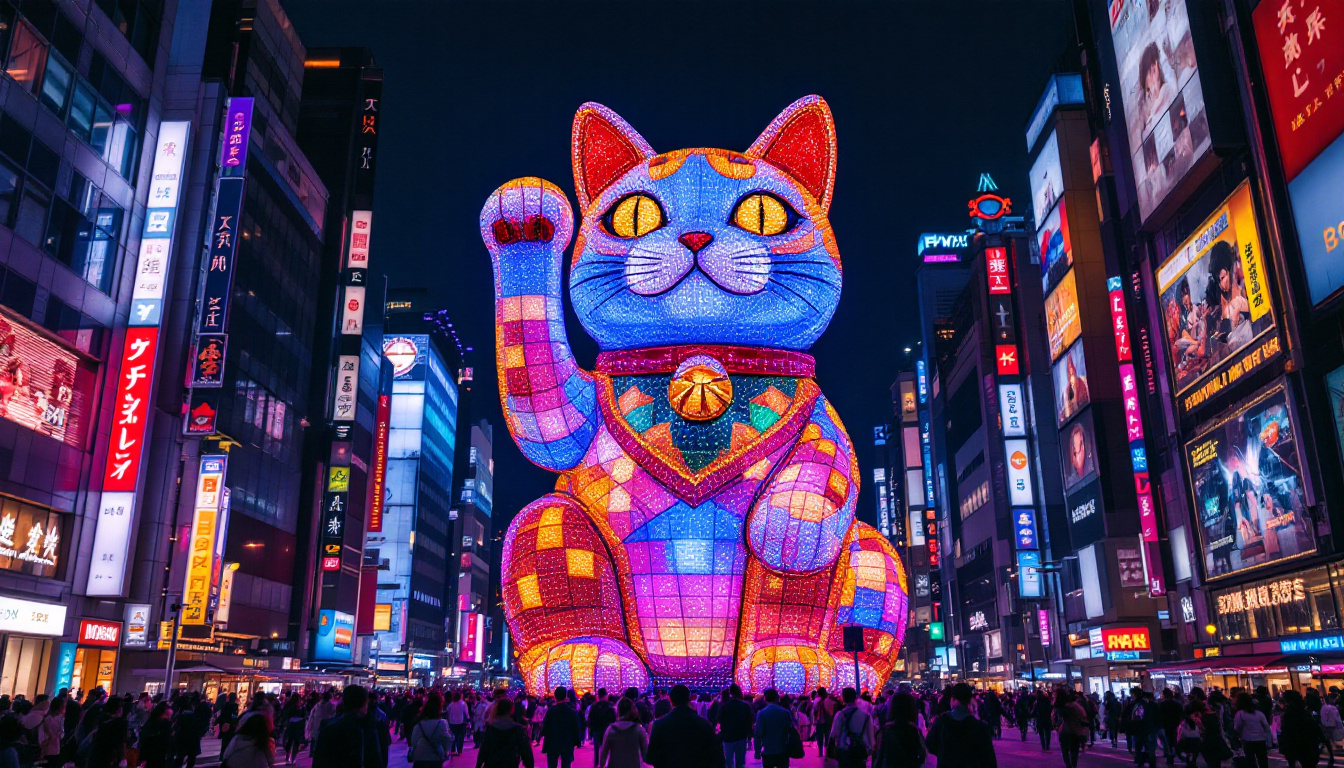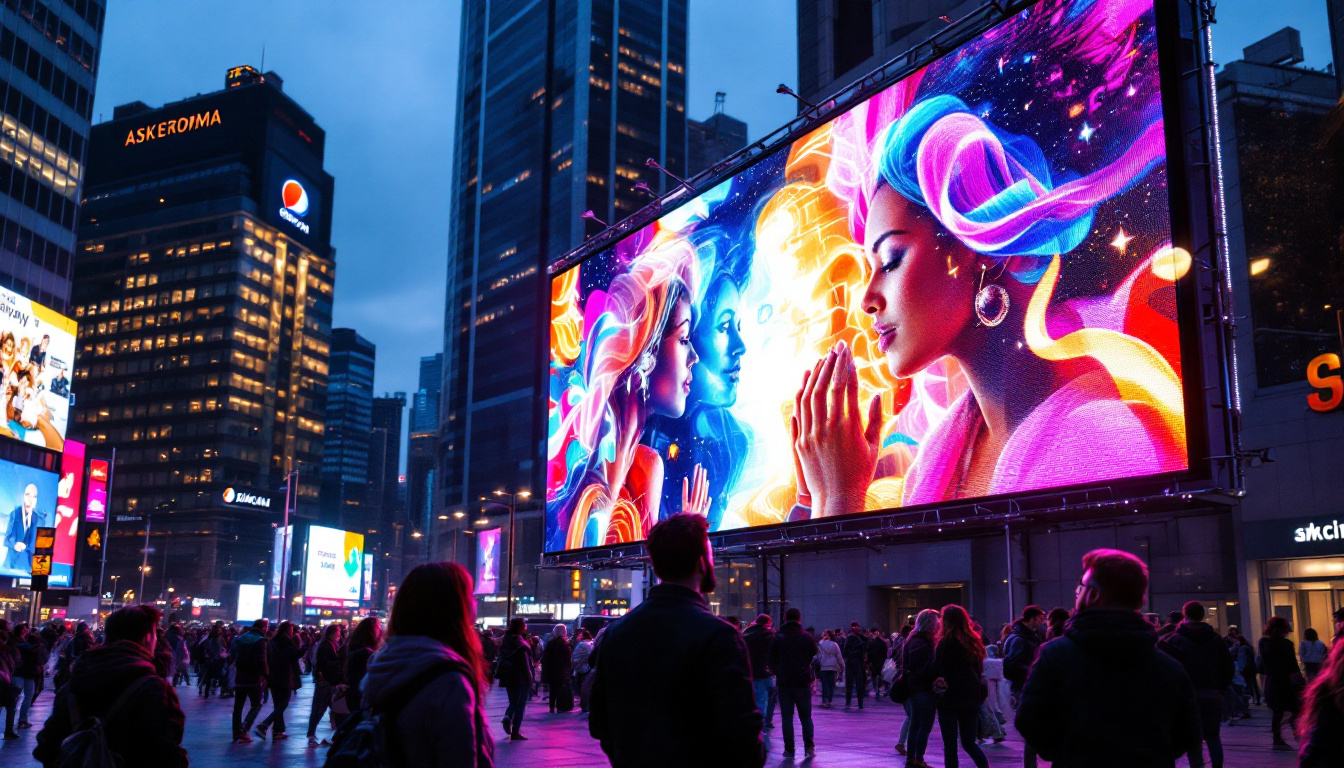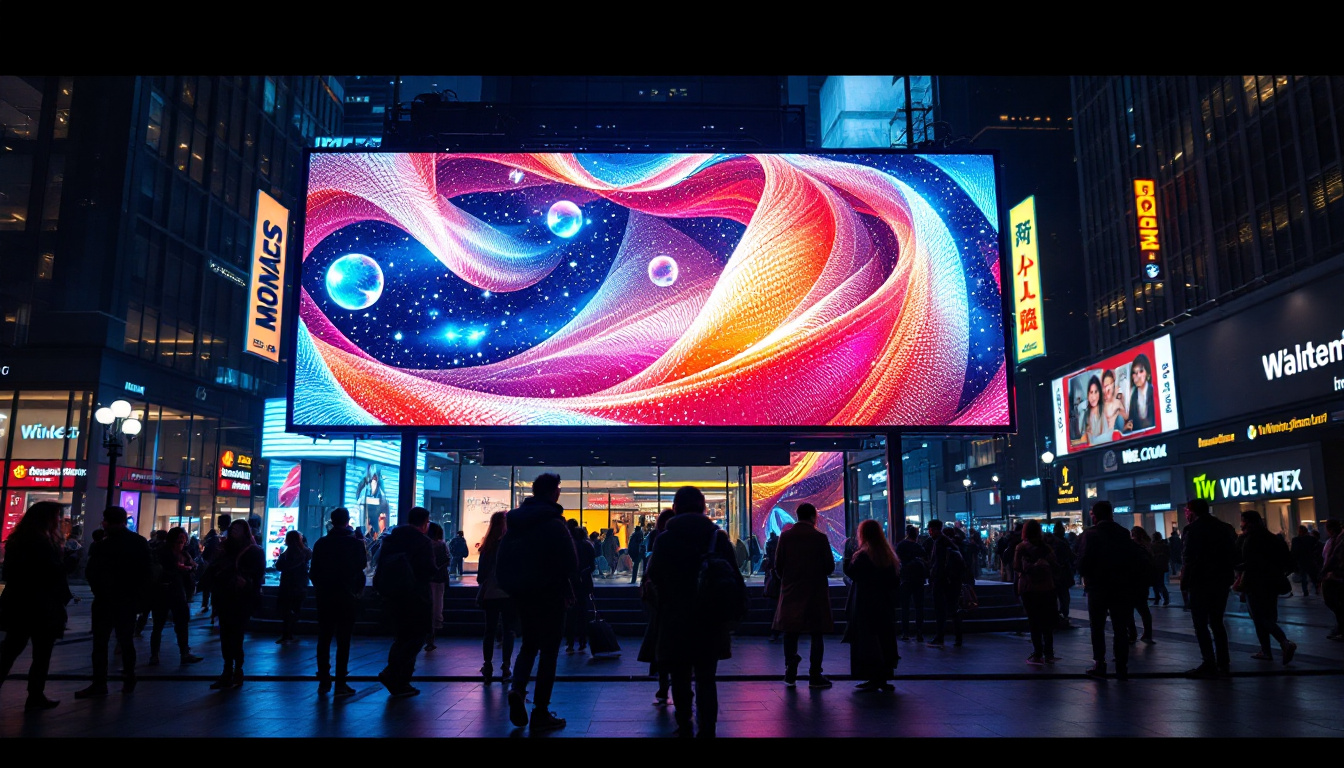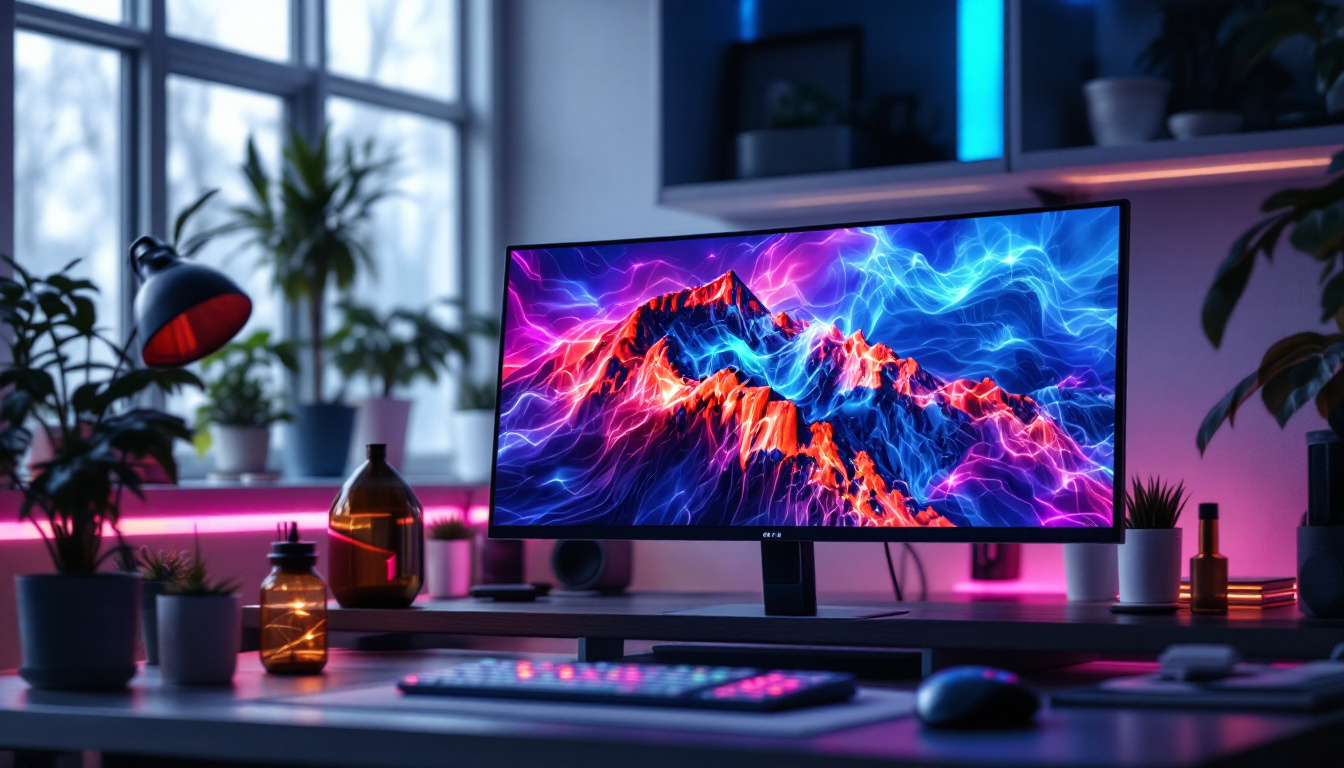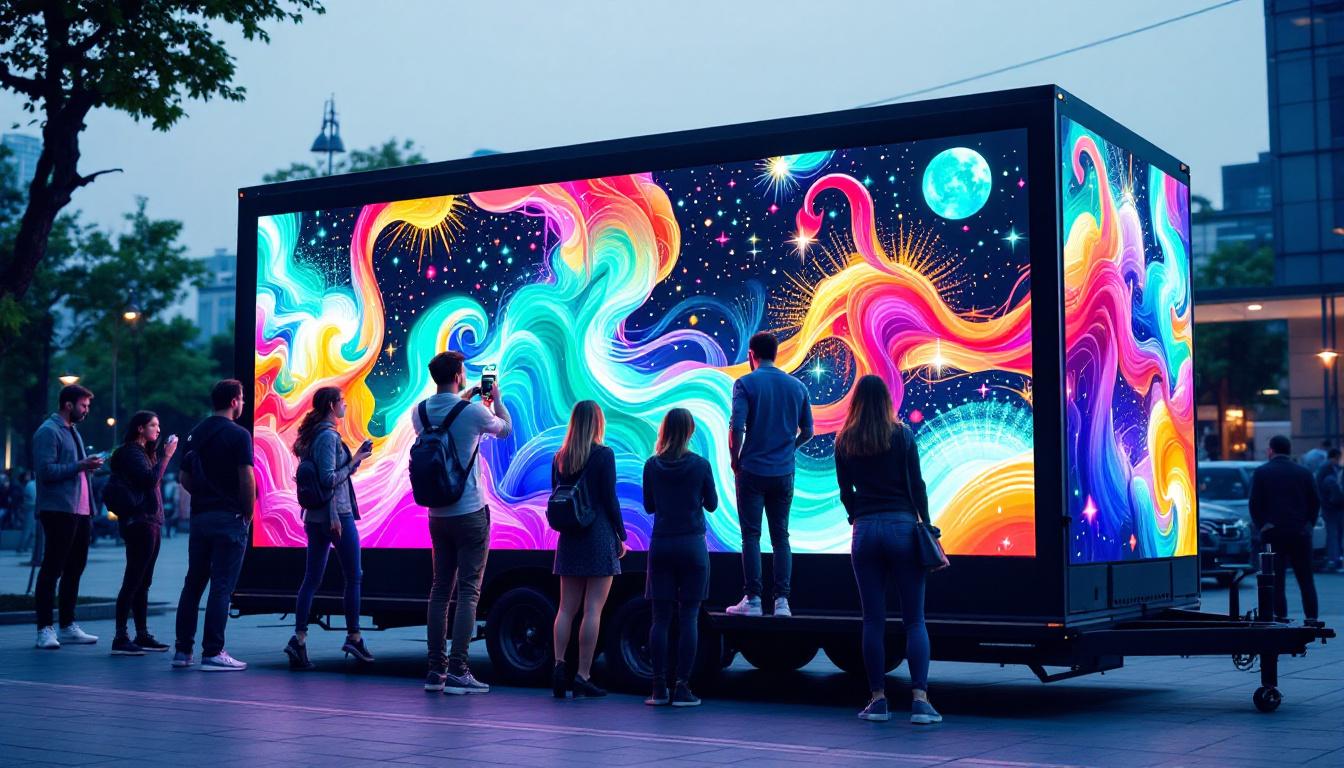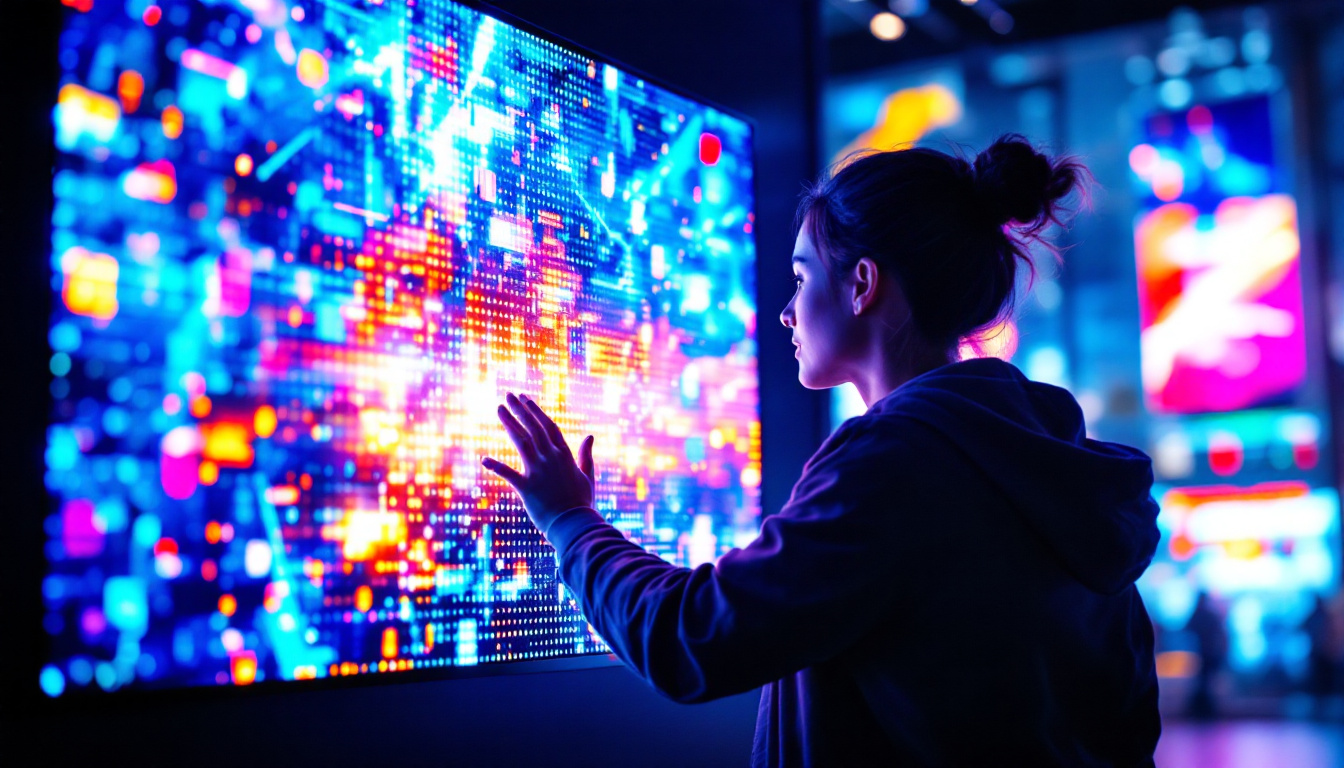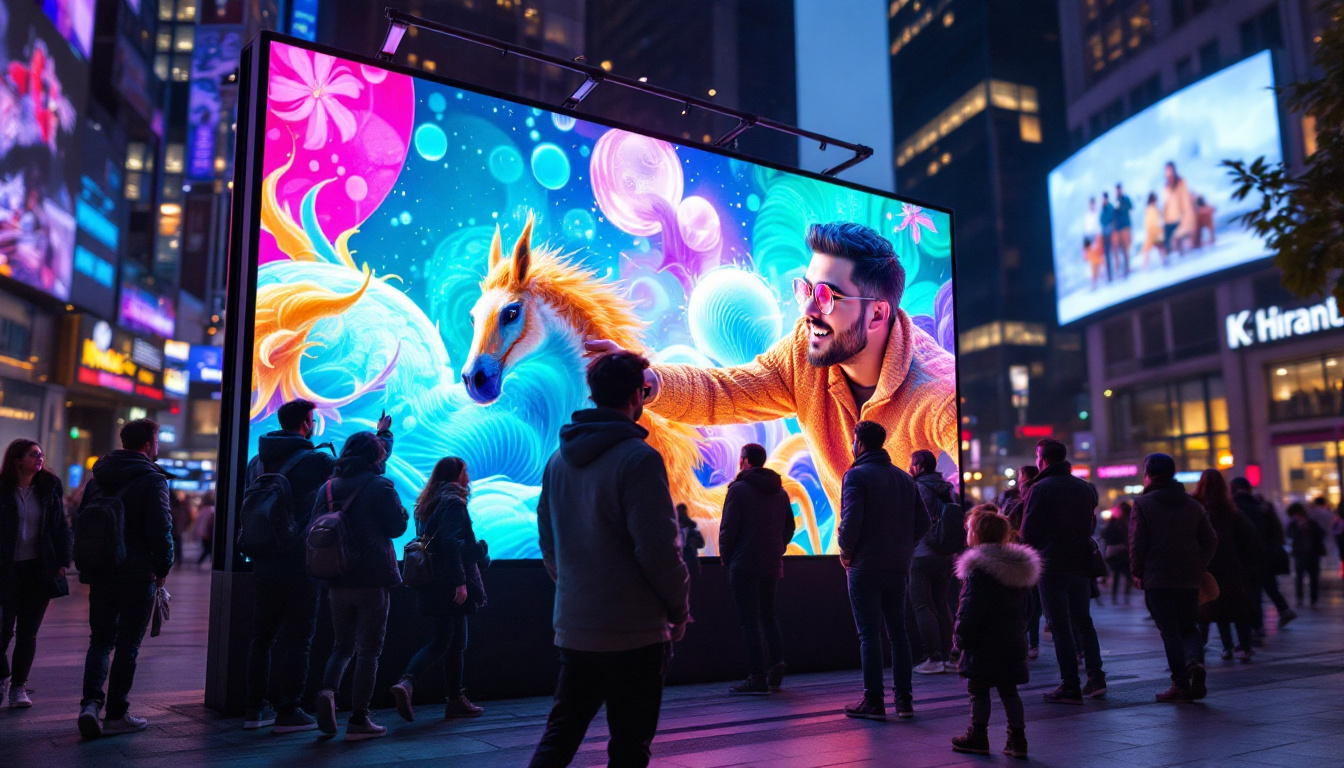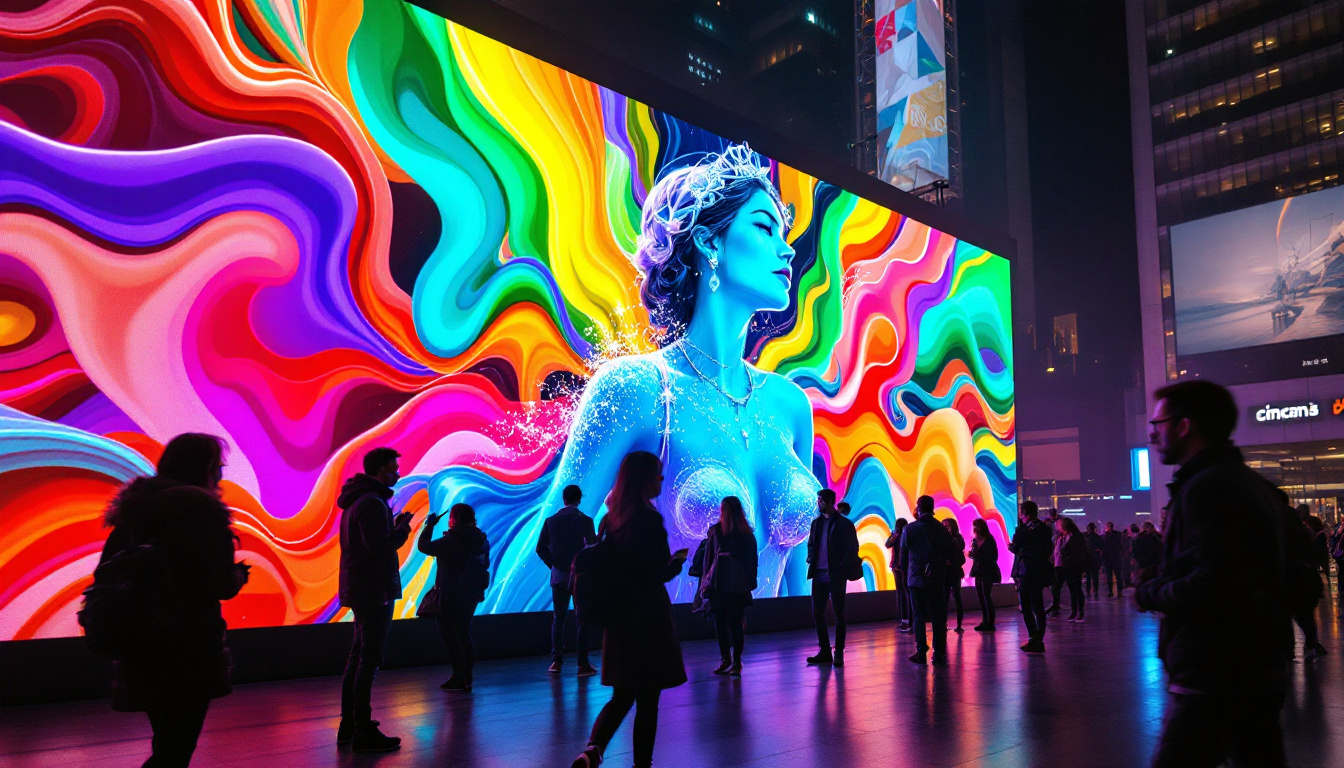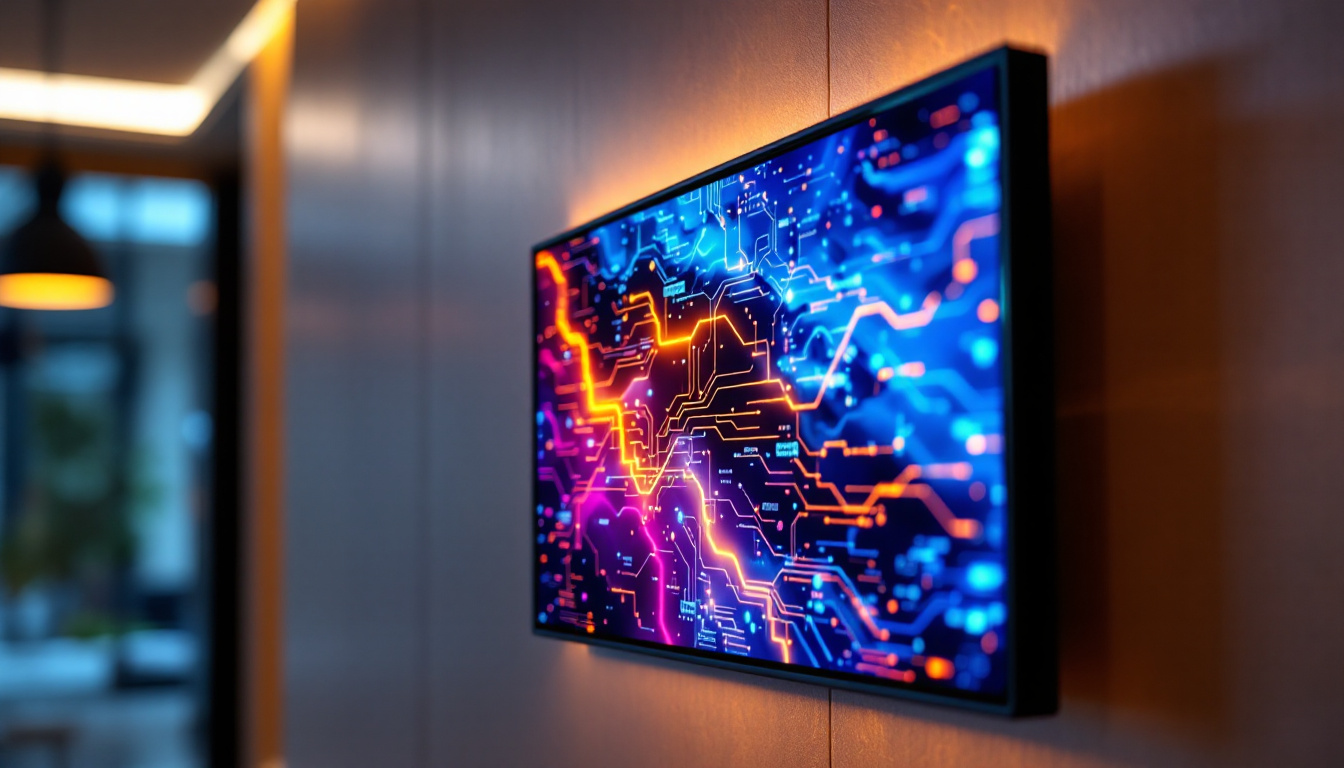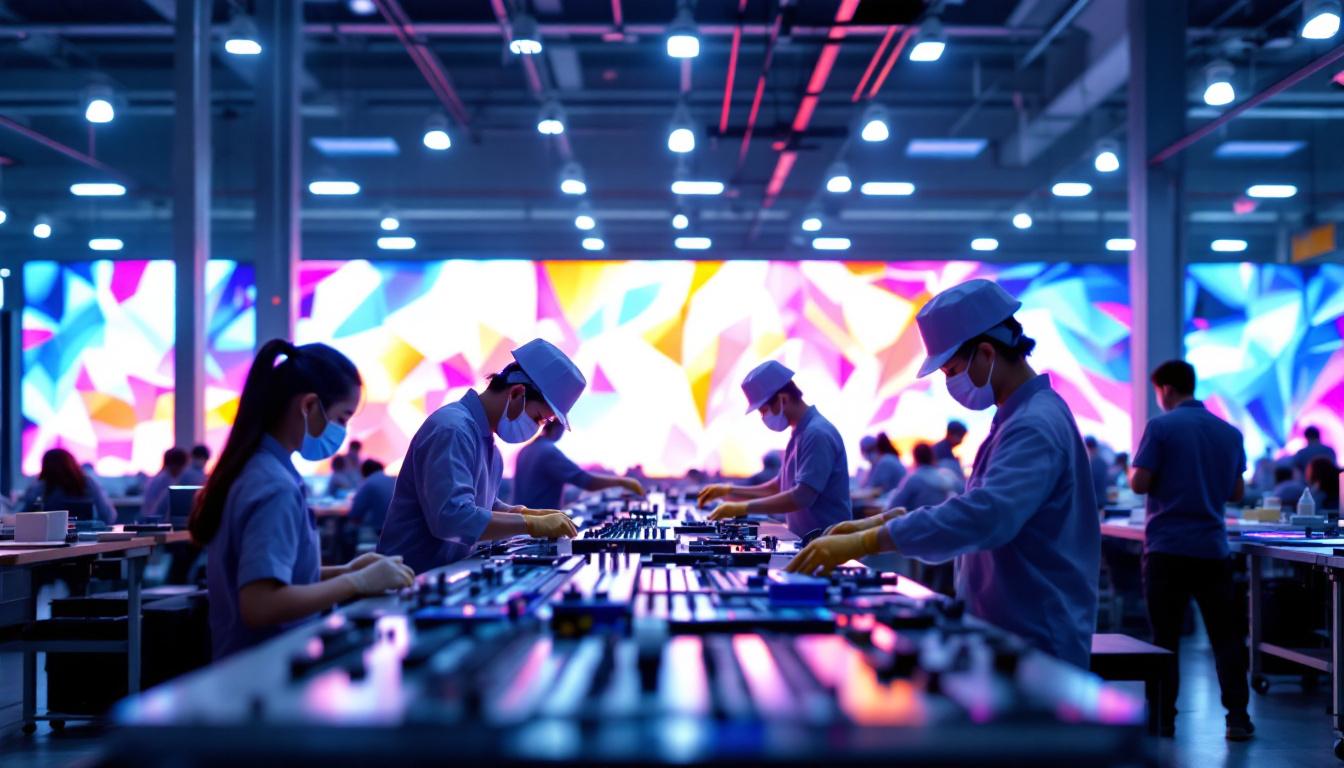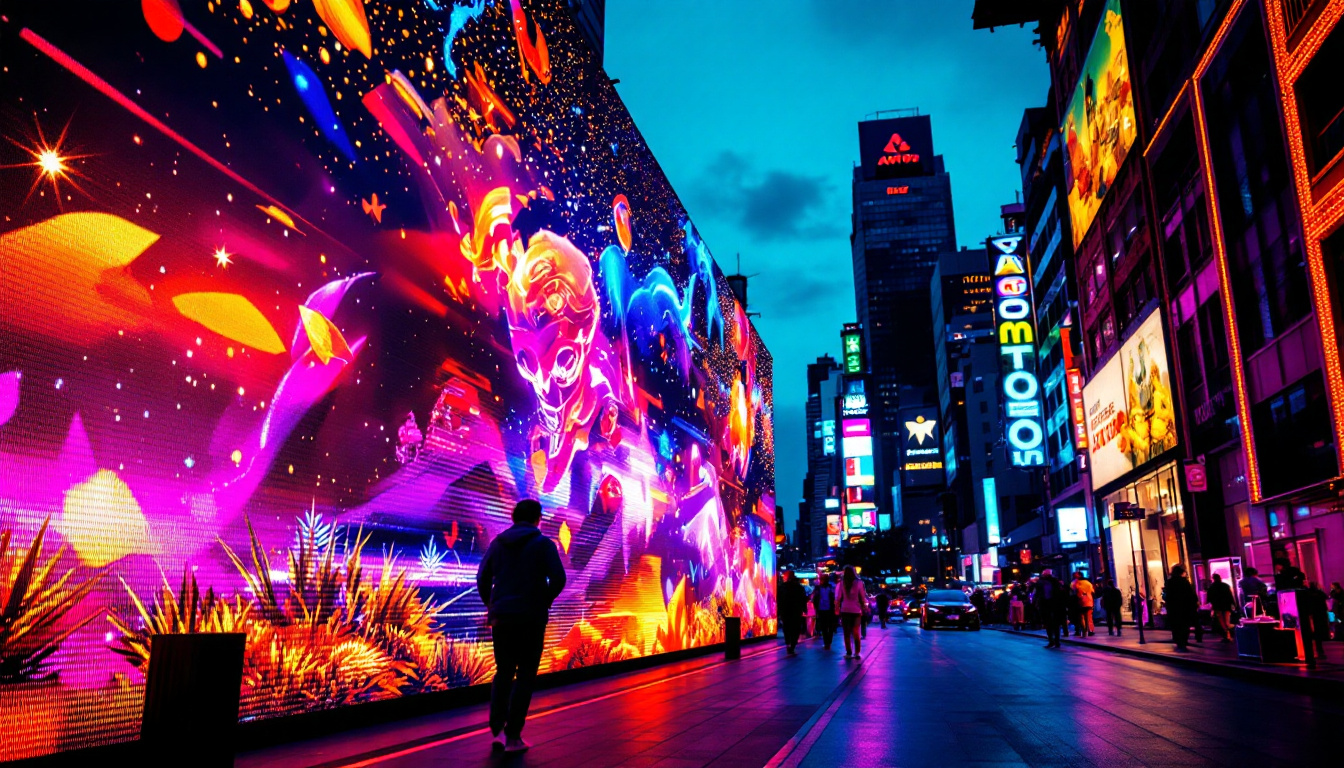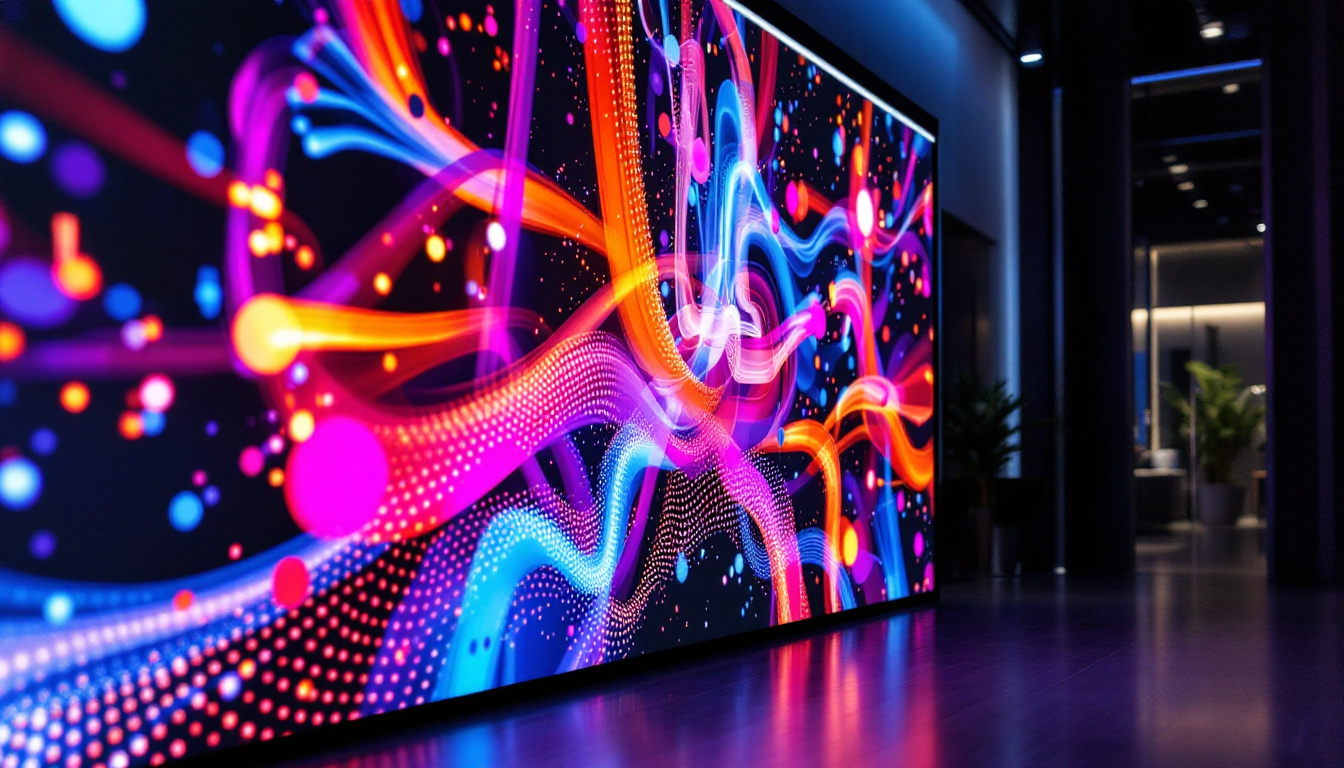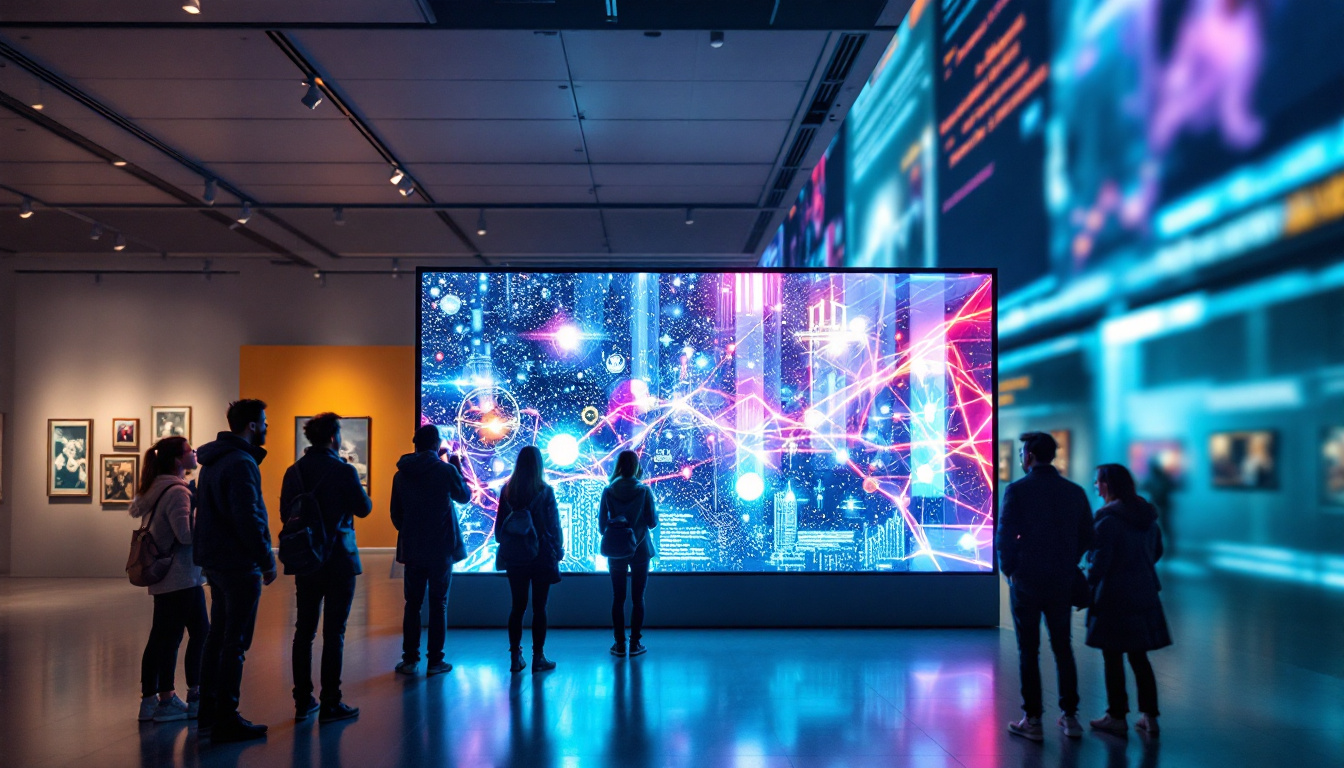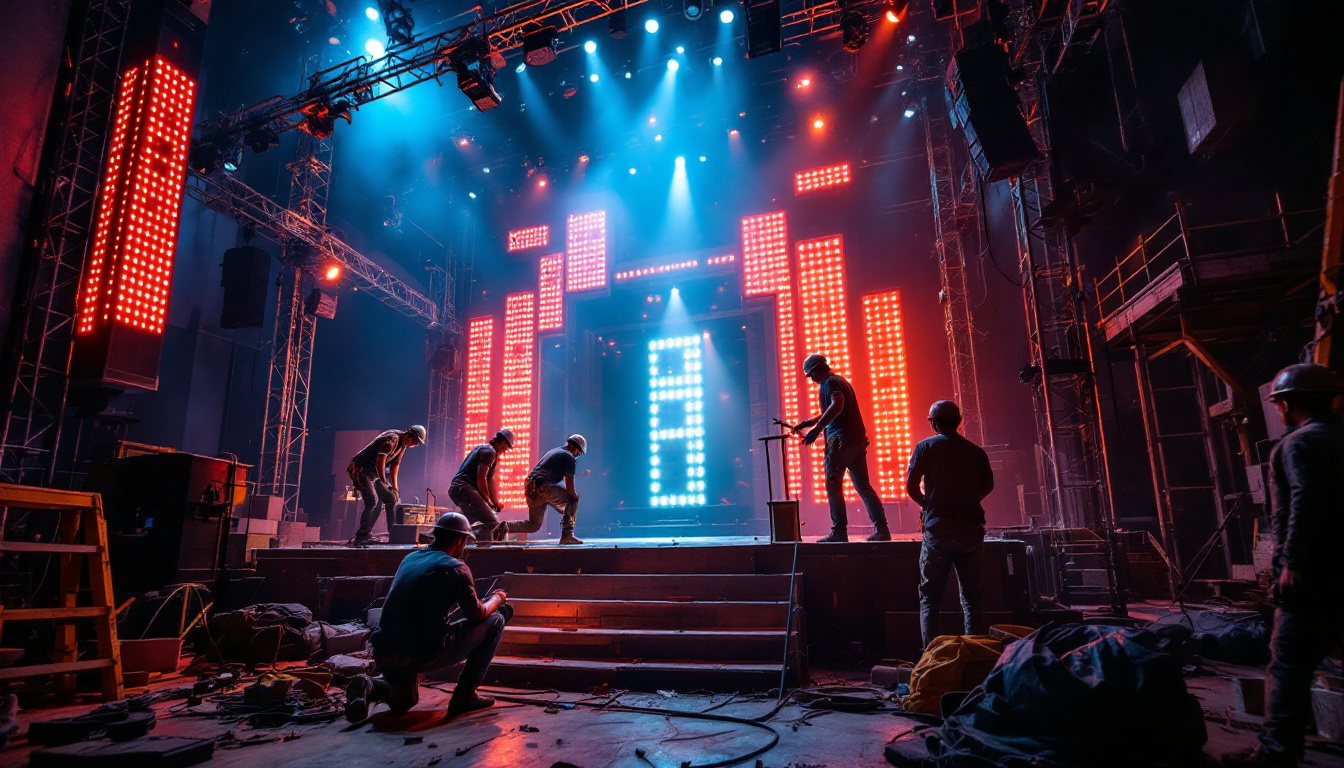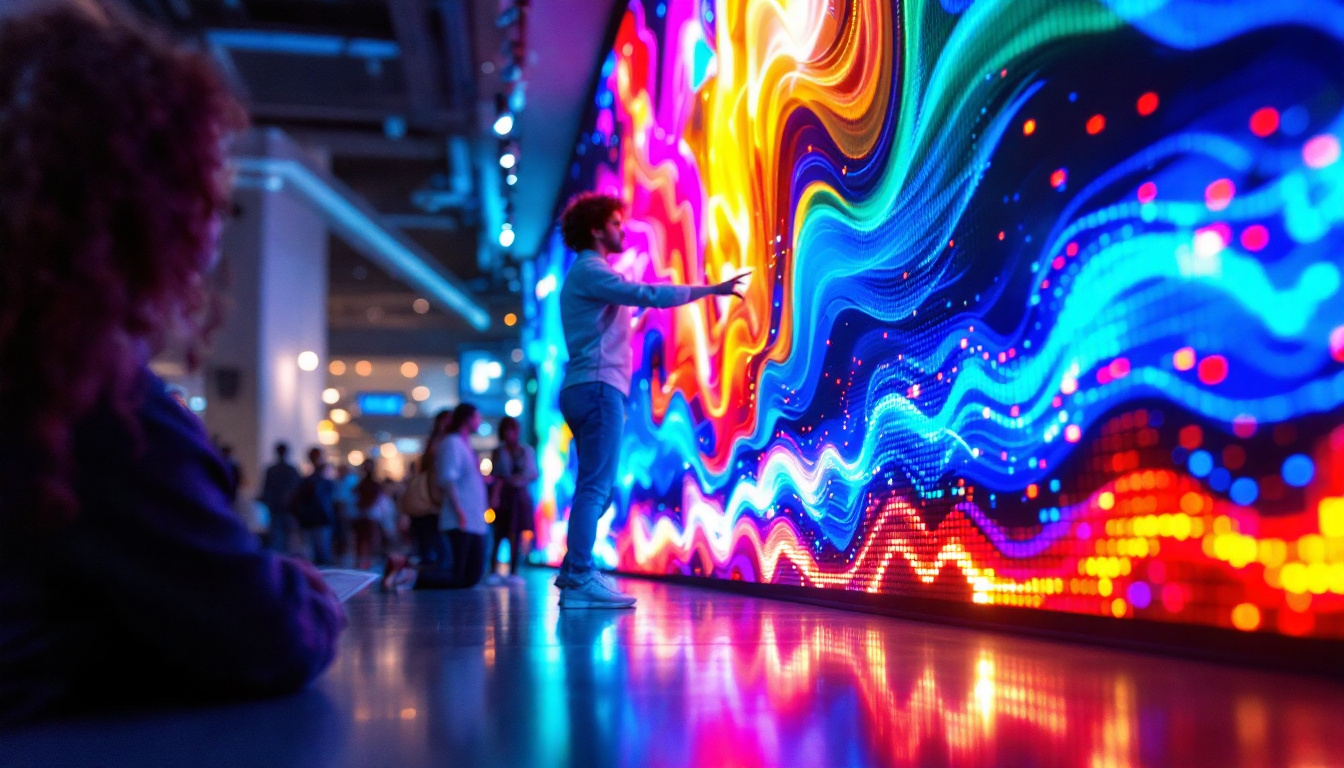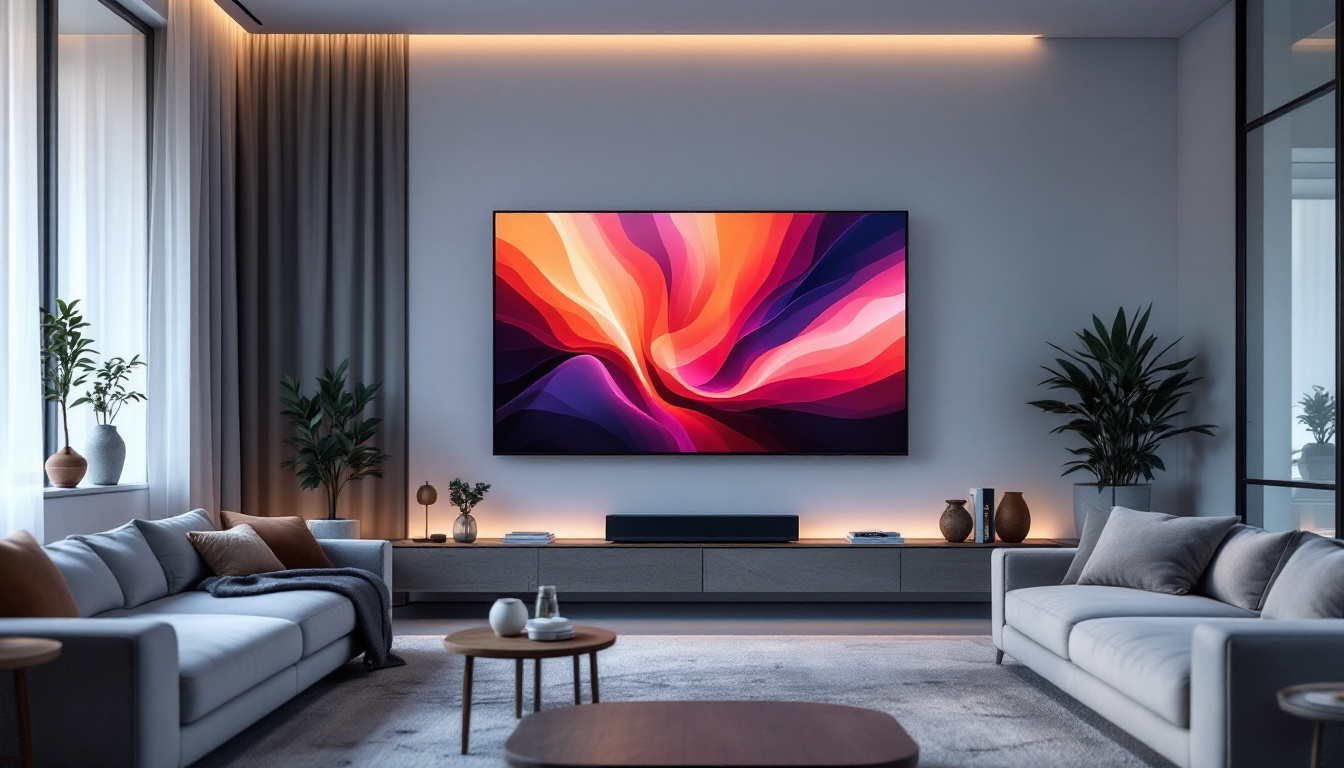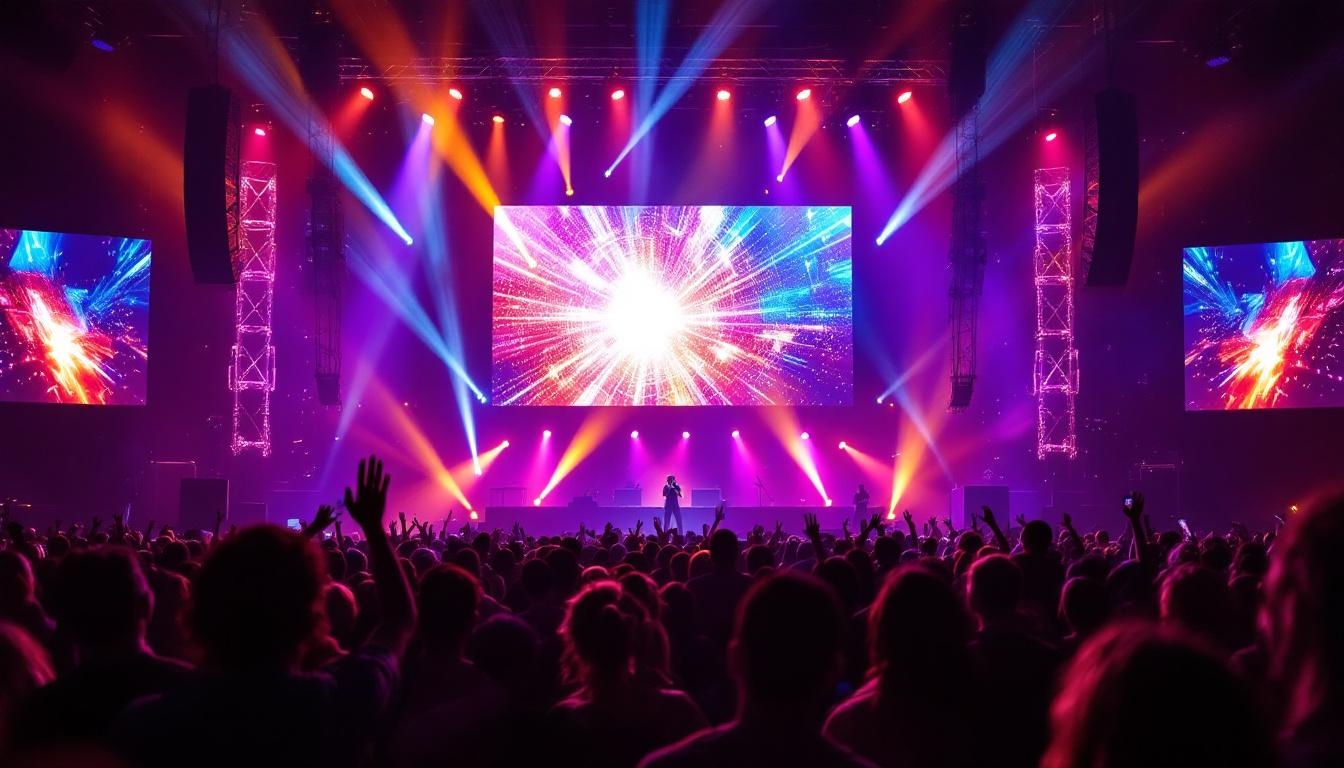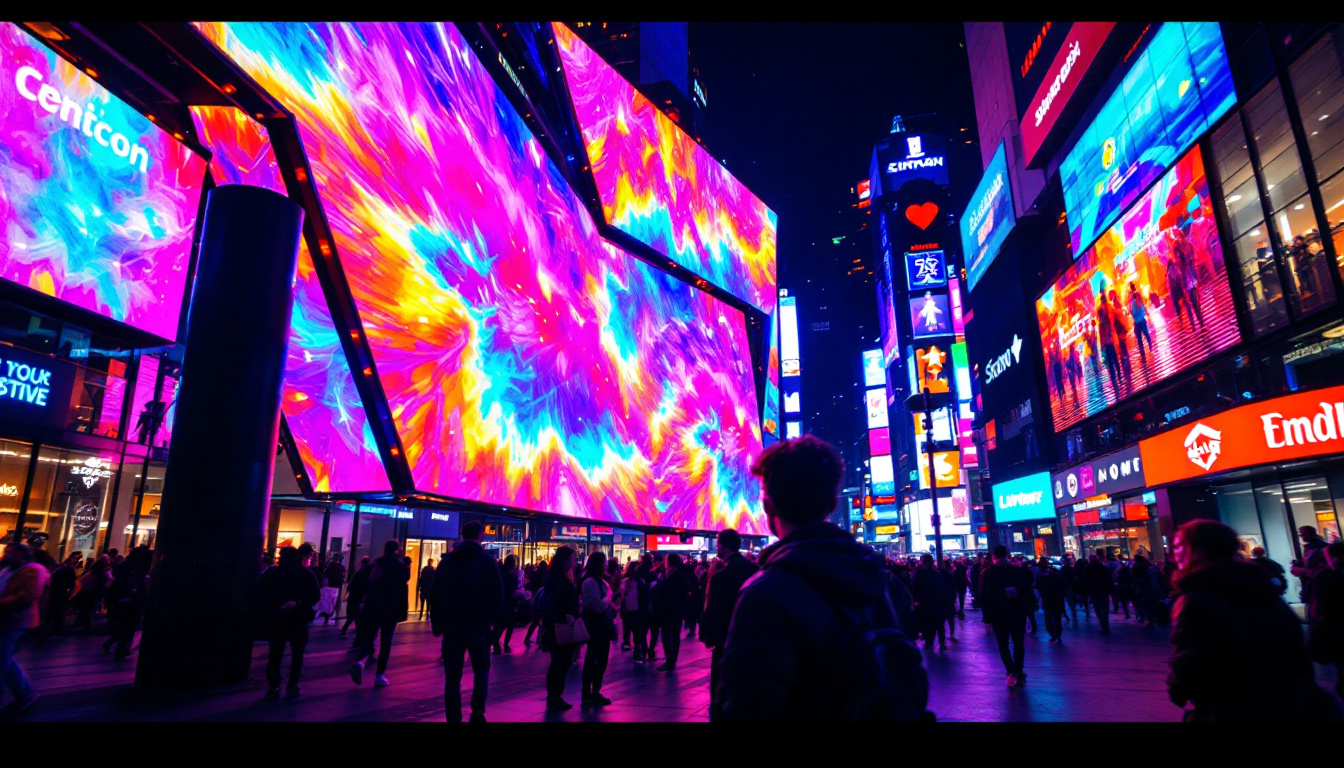Museums have long been a cornerstone of cultural preservation and education, showcasing artifacts and artworks that tell the stories of our past. As technology evolves, so too do the methods by which museums present their collections. One of the most significant advancements in this area is the use of LED displays. This article delves into the intricacies of LED displays in museum environments, exploring their benefits, applications, and future potential.
Understanding LED Technology
Light Emitting Diodes (LEDs) are semiconductor devices that emit light when an electric current passes through them. This technology has revolutionized various industries, including entertainment, advertising, and, notably, museum displays. The versatility and efficiency of LED technology make it an ideal choice for dynamic and engaging exhibitions.
How LEDs Work
At their core, LEDs consist of a chip made of semiconductor material. When electricity flows through the chip, it excites the electrons, causing them to release energy in the form of light. This process is highly efficient, converting a significant portion of energy into light rather than heat, which is a common drawback of traditional incandescent bulbs.
LEDs are available in various colors and can be combined to create a full spectrum of light. This capability allows museums to tailor their displays to enhance the visual appeal of artifacts and artworks, creating a captivating experience for visitors.
Types of LED Displays
LED displays come in various forms, each suited to different applications within a museum setting. The most common types include:
- LED Screens: These are flat-panel displays used for video presentations, interactive exhibits, and digital signage.
- LED Walls: Composed of multiple LED panels, these large displays can create immersive environments or showcase high-resolution images and videos.
- LED Strip Lights: Flexible and versatile, these lights can be used to highlight specific artifacts or areas within an exhibition.
Benefits of LED Displays in Museums
The integration of LED displays into museum environments offers numerous advantages that enhance both the visitor experience and operational efficiency. Here are some key benefits:
Enhanced Visual Appeal
One of the most immediate benefits of LED displays is their ability to create vibrant and eye-catching visuals. The brightness and clarity of LED technology can significantly enhance the presentation of artifacts, making them more appealing to visitors. This is particularly important in a museum setting, where the goal is to engage and educate the audience.
Moreover, the ability to adjust brightness and color temperature allows curators to create the perfect ambiance for each exhibit. Whether highlighting the intricate details of a painting or the textures of a historical artifact, LED displays can be tailored to suit the specific needs of the exhibition.
Interactive Experiences
LED displays facilitate interactive experiences that encourage visitor engagement. Touchscreen LED panels can be used to provide additional information about exhibits, allowing visitors to explore topics in greater depth. This interactivity not only enhances learning but also makes the museum experience more enjoyable.
Furthermore, interactive displays can incorporate multimedia elements such as videos, animations, and sound, creating a multi-sensory experience that captivates visitors of all ages. This approach is particularly effective in attracting younger audiences who may be more accustomed to digital interactions.
Energy Efficiency and Sustainability
In an era where sustainability is a growing concern, LED technology stands out for its energy efficiency. Compared to traditional lighting options, LEDs consume significantly less power, reducing the overall energy footprint of a museum. This is especially beneficial for institutions that operate extensive lighting systems across multiple exhibits.
Additionally, LEDs have a longer lifespan, which means less frequent replacements and reduced waste. By investing in LED displays, museums can not only lower their operational costs but also demonstrate a commitment to environmental responsibility.
Applications of LED Displays in Museums
The versatility of LED displays allows for a wide range of applications within museum settings. From traditional exhibitions to modern installations, the possibilities are virtually limitless.
Exhibit Lighting
Effective lighting is crucial in any museum exhibit, as it can dramatically affect how artifacts are perceived. LED displays can be used to illuminate exhibits in a way that highlights their features without causing damage. For instance, certain artifacts may be sensitive to UV light, which can fade colors and degrade materials over time. LED lights, which emit minimal UV radiation, are an ideal solution for such sensitive items.
Moreover, the ability to control the intensity and color of LED lights allows curators to create dynamic lighting schemes that can change throughout the day or during special events, enhancing the overall visitor experience.
Digital Signage
LED displays are increasingly being used for digital signage within museums. These displays can provide essential information such as exhibit descriptions, wayfinding, and event announcements. Digital signage is particularly advantageous as it can be easily updated, ensuring that visitors have access to the most current information.
In addition, digital signage can be used to promote upcoming exhibitions or programs, helping museums engage with their audience beyond the physical space. This capability is crucial for maintaining visitor interest and encouraging repeat visits.
Immersive Installations
As museums strive to create more immersive experiences, LED displays play a pivotal role. Large-scale LED walls can transport visitors to different times and places, providing a context for the artifacts on display. For example, a historical exhibit might feature a backdrop of a cityscape from the era being represented, allowing visitors to visualize the environment in which the artifacts were used.
These immersive installations can also incorporate interactive elements, such as augmented reality (AR) features that allow visitors to engage with the content in innovative ways. By blending technology with traditional exhibits, museums can create memorable experiences that resonate with visitors long after they leave.
Challenges and Considerations
While the benefits of LED displays are substantial, there are also challenges and considerations that museums must address when integrating this technology into their exhibitions.
Cost and Budgeting
The initial investment in LED technology can be significant, particularly for large installations. Museums must carefully consider their budgets and explore funding options to ensure that they can implement LED displays effectively. This may involve seeking grants, sponsorships, or partnerships with technology providers.
Additionally, ongoing maintenance and operational costs should be factored into the budget. While LEDs are energy-efficient and have a long lifespan, they still require regular upkeep to ensure optimal performance.
Technical Expertise
Implementing LED displays often requires a level of technical expertise that may not be readily available within the museum staff. This can lead to challenges in installation, maintenance, and troubleshooting. Museums may need to invest in training for their staff or partner with external experts to ensure that they can effectively manage the technology.
Moreover, as technology continues to evolve, staying current with the latest advancements in LED displays will be essential for museums looking to remain competitive and relevant.
Preservation Concerns
While LED lighting is generally safer for artifacts than traditional lighting options, there are still preservation concerns to consider. Curators must be mindful of the potential impact of prolonged exposure to any light source, including LEDs. It is crucial to develop lighting plans that minimize the risk of damage to sensitive items.
Additionally, museums should regularly assess their exhibits to ensure that the use of LED displays aligns with preservation best practices. This may involve consulting with conservation specialists to develop strategies that balance the need for visibility with the imperative of artifact preservation.
The Future of LED Displays in Museums
The future of LED displays in museums looks promising, with ongoing advancements in technology and increasing recognition of the benefits they offer. As museums continue to evolve, the integration of LED displays will likely become more prevalent, shaping the way visitors experience and interact with exhibits.
Innovations in Interactive Technology
As interactive technology continues to advance, museums will have the opportunity to create even more engaging experiences using LED displays. Innovations such as gesture recognition, voice activation, and augmented reality will allow visitors to interact with exhibits in ways that were previously unimaginable.
These advancements will not only enhance the educational value of museum exhibits but also create a sense of connection between visitors and the content. By fostering a deeper understanding of the artifacts and their significance, museums can inspire a new generation of learners and cultural enthusiasts.
Integration with Smart Technologies
The rise of smart technologies presents exciting possibilities for the future of LED displays in museums. Integrating LED displays with Internet of Things (IoT) devices can enable real-time data collection and analysis, allowing museums to tailor their exhibits based on visitor behavior and preferences.
This data-driven approach can lead to more personalized experiences, ensuring that each visitor receives relevant information and engagement opportunities. Additionally, smart technologies can facilitate seamless communication between different displays, creating a cohesive narrative throughout the museum.
Commitment to Sustainability
As sustainability becomes an increasingly important focus for institutions worldwide, the role of LED displays in promoting eco-friendly practices will continue to grow. Museums can leverage LED technology to reduce their environmental impact while also educating visitors about sustainability efforts.
By showcasing their commitment to green practices, museums can enhance their reputation and attract environmentally conscious visitors. This alignment with contemporary values will be essential for museums looking to remain relevant in a rapidly changing world.
Conclusion
LED displays have transformed the way museums present their collections, offering enhanced visual appeal, interactivity, and energy efficiency. As technology continues to evolve, the potential applications of LED displays in museum settings will expand, creating exciting opportunities for engagement and education.
While challenges such as cost, technical expertise, and preservation concerns must be addressed, the benefits of integrating LED displays into museum exhibitions far outweigh the drawbacks. By embracing this technology, museums can create dynamic and immersive experiences that captivate visitors and inspire a deeper appreciation for culture and history.
As the future unfolds, it is clear that LED displays will play a pivotal role in shaping the museum experience, ensuring that these institutions remain vibrant and relevant in the digital age.
Discover LumenMatrix LED Display Solutions
Ready to elevate your museum’s exhibits with the latest in LED display technology? LumenMatrix is at the forefront of creating immersive and interactive visual experiences that captivate and educate audiences. From Indoor and Outdoor LED Wall Displays to innovative solutions like LED Transparent Displays, our products are designed to transform your space and engage visitors like never before. Check out LumenMatrix LED Display Solutions today and step into the future of museum displays.

